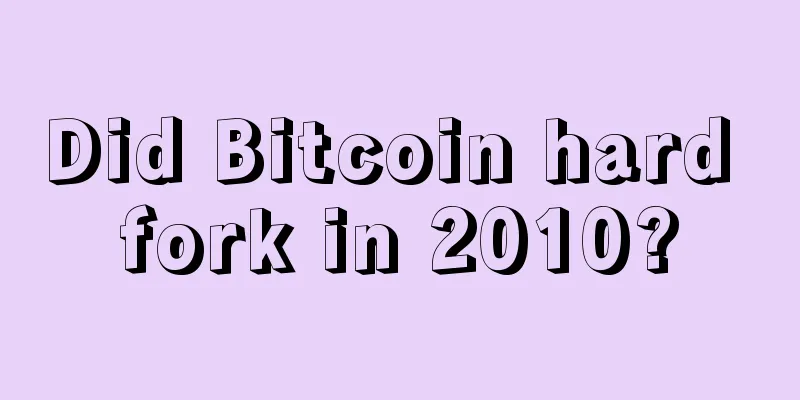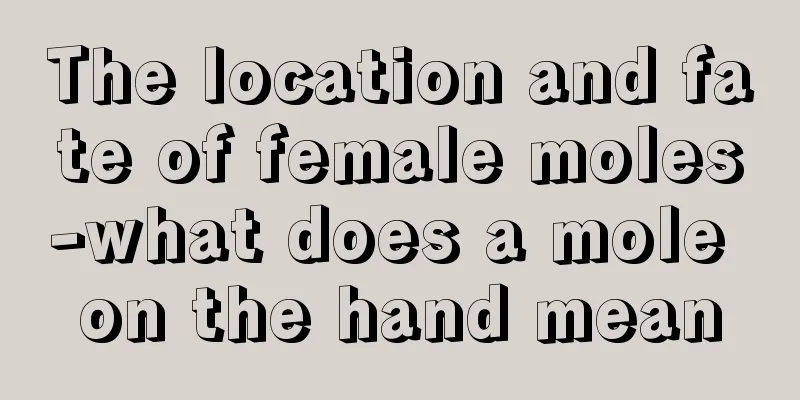Did Bitcoin hard fork in 2010?

|
Recently, due to the controversy over Ethereum's hard and soft forks, many people are discussing the early history of Bitcoin. Those who support Ethereum's hard fork claim that Bitcoin had a hard fork in 2010. This is either a half-understanding or intentional misleading. I have never invested in Ethereum, but I must seriously correct the historical issues of Bitcoin. What are hard forks and soft forks?To understand what happened in 2010, we must first understand the meaning of hard forks and soft forks. Both hard forks and soft forks refer to changes in the rules of transaction validity. A hard fork is when an invalid transaction becomes valid, while a soft fork is when a valid transaction becomes invalid. This definition has always been clear and unambiguous. What happened in 2010?In 2010, several loopholes in Bitcoin transaction processing were discovered several times. The first time was in July. There is an OP_RETURN function in the Bitcoin programming language, which means that all checks can be skipped to make the transaction valid immediately. Therefore, anyone can use OP_RETURN to skip all checks and spend everyone's Bitcoin at will. Satoshi Nakamoto immediately corrected it and made all transactions with OP_RETURN invalid, which is what we see today. The second time was in August. Bitcoin transactions have a rule that the total amount of output cannot be more than the total amount of input, otherwise Bitcoin can be issued at will. However, someone discovered a design loophole at the time. It turned out that the transaction output could be negative, so as long as one of the two outputs was negative, the amount of the other output could be higher than the total amount of input. When this transaction was confirmed on the main network, Satoshi Nakamoto issued an urgent correction to prohibit negative output values. After the miners upgraded, they abandoned the block with the negative output transaction, so no one will see that transaction today. Is the above a hard fork or a soft fork?In July, transactions with OP_RETURN, OP_LSHIFT, etc. were changed from valid to invalid; and in August, negative outputs that were originally valid were changed to invalid. In the whole process, no invalid transactions were changed to valid, so they were all soft forks. I want to reiterate: Bitcoin only had a soft fork in 2010, not a hard fork. What the future of Ethereum is is not what this article is about; but when discussing it, everyone must recognize the historical facts and not be misled, nor mislead others. |
<<: Did Bitcoin hard fork in 2010?
>>: Did Bitcoin hard fork in 2010?
Recommend
DeFi expert: Ethereum 2.0 cannot solve the problem of high gas fees
On September 3, DeFi experts and computer scienti...
What does a mole on the left end of a man's eye mean? What is the fate of a woman with a mole on the right end of her eye?
In mole physiognomy, each mole represents its spe...
How strong is the sexual desire of women?
Does everyone want their girlfriend to have a str...
The market fell below the triangle, and the future direction has been determined
Author | Hashipi Analysis Team...
Is it good to have dimples?
JJ Lin has a song called "Dimples" and ...
Experience: These types of people are not suitable for holding Bitcoin
Note: The author of this article is Tiyo Triyanto...
What does the Seven Killings Palace represent?
Qi Sha Xing is a star that we are relatively fami...
What are the benefits of the through hand
You may not be familiar with the name "Tongg...
Coin Zone Trends: Bitcoin Price Trends Based on Big Data This Week (2017-03-28)
Short-term oversold rebound will still be consoli...
Eyebrow shape can tell you why your relationship is difficult
The fortune of life is dominated by destiny, and ...
Wide ear opening
Diagram of ears Wide ear opening Big ears mean bi...
Is the wrinkle between eyebrows good?
Are frown lines a good sign? Glabellar lines are ...
Is it good to have a sunken temple? What is the personality like?
Nowadays, many people read faces. When they make ...
What does a sunken forehead indicate? Is the fate of a person with a sunken forehead good or bad?
Is it good to have a sunken forehead? By looking ...
Twitter Featured | Miners oppose, similar to Zcash's rejected proposal, Jiang Zhuoer's second version of BCH miner tax proposal faces doubts
1. Miners oppose, similar to Zcash's rejected...









